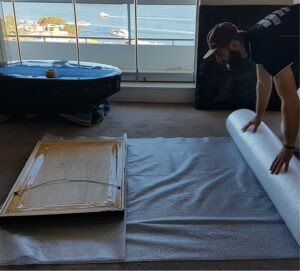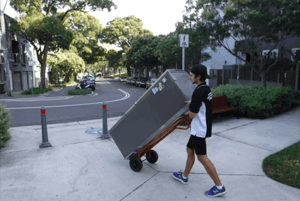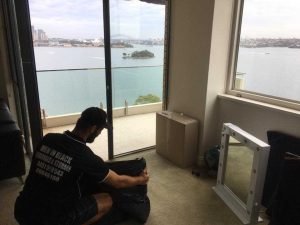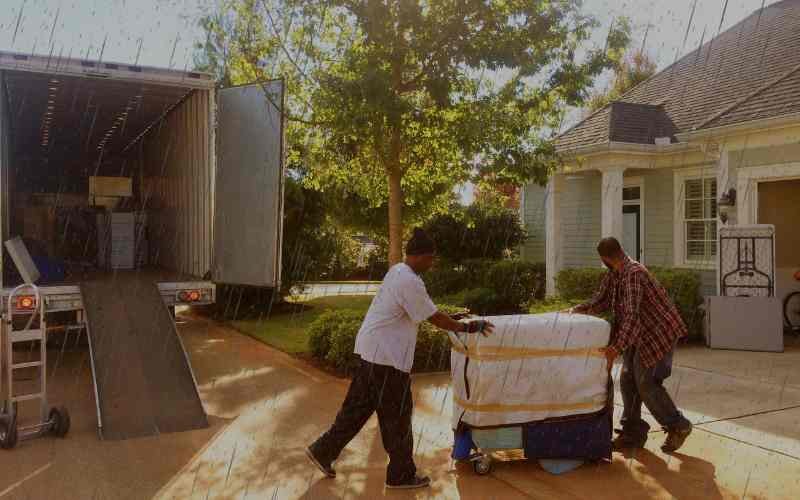
meninblackremovals
October 15, 2025
Moving in the Rain: Packing and Protecting Your Items
"Moving day doesn't stop for bad weather, and neither does life."The weather in Sydney can change quickly. One minute it's sunny, and the next you're looking at grey clouds and a forecast that says it will rain. And if that happens to be the day you move, you can get scared very quickly!But the truth is that moving in the rain doesn't have to be a disaster. You can keep your things safe and move safely, even in the rain, if you plan ahead, use the right packing materials, and hire professional removalists in Sydney.More than 1.5 million Australians move homes every year. A lot of these moves happen during Sydney's wetter months, which are between March and June. It rains a lot, so you can't always avoid it. How you get ready for it is the most important thing.This blog goes into detail about the why, how, and what of moving in the rain, including how to pack things so they don't get wet and how removalists in Como and across Sydney like Men in Black Removals deal with rain on moving day like pros.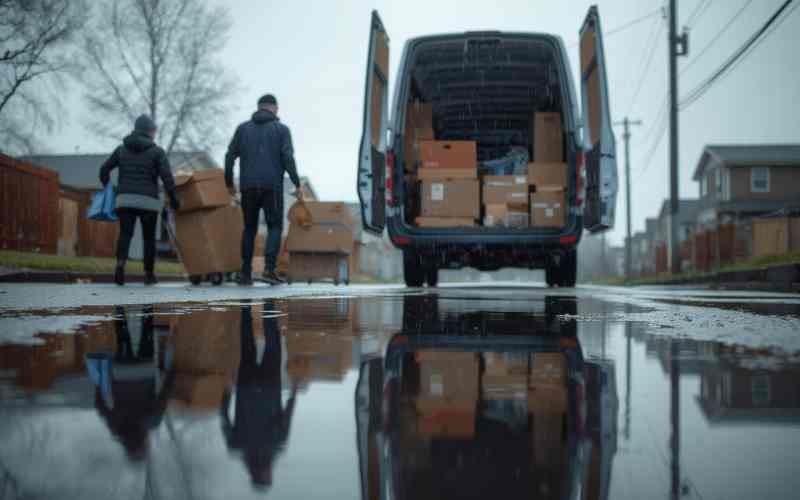 The move has to happen, no matter what. That's why experienced movers in fairfield, and all around Sydney have tried-and-true ways to keep your things dry and make sure your move goes as planned.Here's why you should be extra careful when moving in Sydney when it's raining:
The move has to happen, no matter what. That's why experienced movers in fairfield, and all around Sydney have tried-and-true ways to keep your things dry and make sure your move goes as planned.Here's why you should be extra careful when moving in Sydney when it's raining:
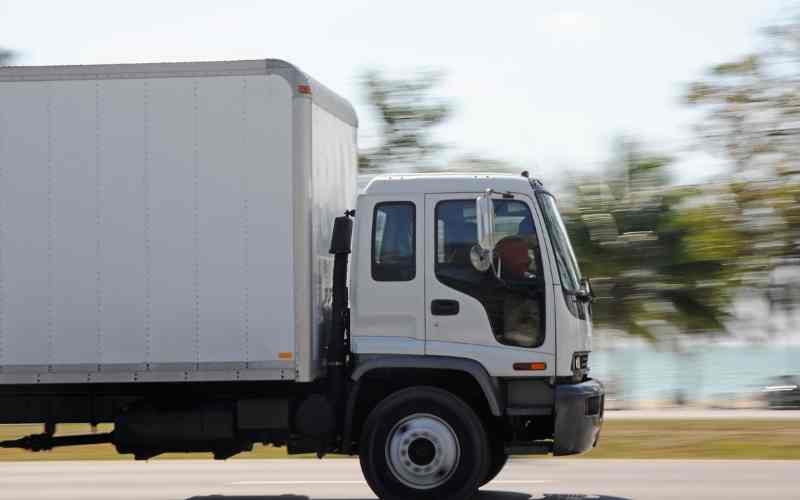
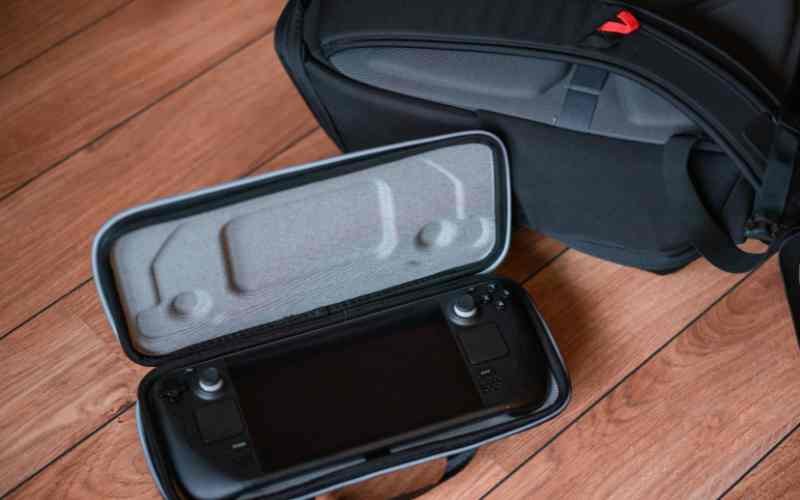
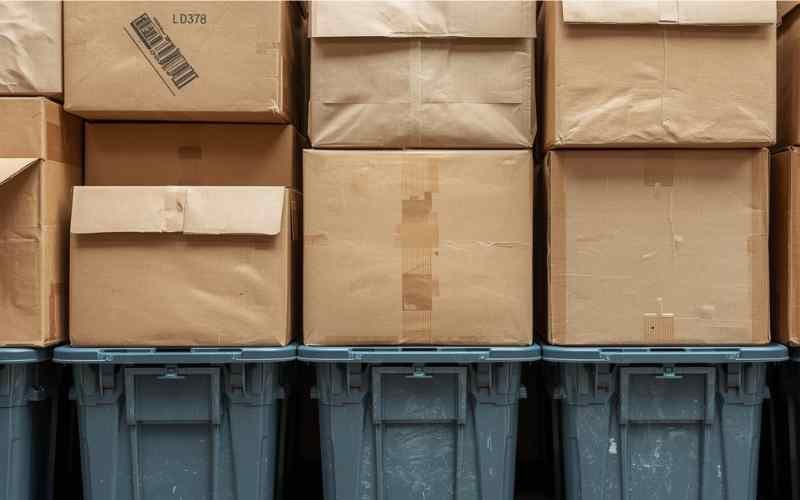
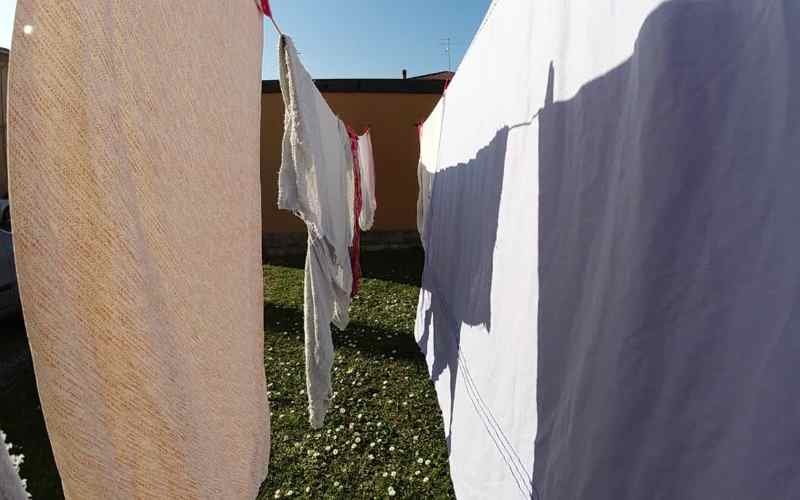
Why Moving in the Rain Requires a Different Strategy
Moving day is already stressful enough. When it rains, the list of things that can go wrong doubles: furniture that gets wet, pathways that get slippery, cardboard boxes that get soggy, and unloading that takes longer. The move has to happen, no matter what. That's why experienced movers in fairfield, and all around Sydney have tried-and-true ways to keep your things dry and make sure your move goes as planned.Here's why you should be extra careful when moving in Sydney when it's raining:
The move has to happen, no matter what. That's why experienced movers in fairfield, and all around Sydney have tried-and-true ways to keep your things dry and make sure your move goes as planned.Here's why you should be extra careful when moving in Sydney when it's raining:- Moisture hurts wood and fabric. A few minutes of rain can warp wood furniture or leave stains on fabric that last a long time.
- Boxes weaken when wet. Traditional cardboard loses up to 75% of its strength when soaked.
- Safety risks increase. Slippery driveways and wet stairs make carrying heavy items risky.
- Timing gets hard. When it rains, loading and unloading take longer, especially when there isn't much cover.
What to Do Before Moving Day If Rain Is Forecast
A successful rainy move starts before the clouds open up. Preparation is your best defence.Keep an Eye on the Forecast
Sydney weather can change fast. Check forecasts a few days before and again the night prior. If you think it will rain a lot, call your Sydney removalists early. They may change the time or method of loading to make sure everyone is safe.
Confirm Your Moving Schedule
Most professional removalists in Tempe, all around Sydney, like Men in Black Removals, work no matter what the weather is like. But if extreme weather is predicted, you may have the option to reschedule. Always confirm terms beforehand.Gather Waterproof Packing Supplies
Use plastic instead of cardboard whenever you can. You will need:- Heavy-duty plastic tubs for things that are fragile or valuable
- Tarps, plastic sheeting, and waterproof covers
- Plastic stretch film or shrink wrap for furniture
- Trash bags for soft things like clothes or bedding
- Tape that keeps water out of boxes
Create a Safe Loading Area
Put down old rugs or mats that don't slip to keep people from falling. Get rid of puddles and trash on your driveway or entrance. Ask your movers to load under cover (garage, carport, or tent) where possible.
Packing Items Safely for a Rainy Move
Packing for a wet-weather moving day in Sydney requires both protection and organisation. Here's a smart way to keep your things dry:Wrap Furniture the Right Way
Cover all of your wooden or upholstered furniture with plastic shrink wrap. This makes a barrier against moisture. Add moving blankets underneath for cushioning - but only wrap blankets in plastic after, or they’ll trap moisture.Tip: Professional removalists in Sydney often use double-layer protection, blanket first, then wrap.Related: How to Pack Fragile ItemsChoose the Right Boxes
Cardboard is fine if it stays dry. But for rain, switch to plastic tubs or waterproof crates for electronics, books, or sentimental items. If you must use cardboard, line boxes with garbage bags for an internal shield.Protect Electronics
Water and electronics don’t mix. Wrap devices in towels, seal them in plastic, and put silica gel or desiccant packs in boxes to soak up moisture.
Prioritise Fragile Items
Use bubble wrap and waterproof padding to protect glassware and art. Clearly write on the label: "FRAGILE-KEEP DRY." Removalists will know to be extra careful with those boxes.Prepare an Emergency Kit
Towels, extra plastic bags, a mop, and extra tape should all be included. If rain picks up mid-move, you’ll be ready to adapt quickly.What to Do on Rainy Moving Day
You’ve packed. The sky is grey. Now it’s showtime. When it rains on moving day, here's how to stay in charge:Use a Covered Loading Zone
Tell your Sydney movers to park as close to the front door as they can. Cover the loading area with awnings, big umbrellas, or tarps. Every step you take keeps you out of the rain.Create a Dry Zone
Set aside one room in your house as a dry staging area. Movers can quickly move boxes in and out, making sure that no water gets into your house.Protect the Floors
Rain means mud. Lay down old towels, cardboard sheets, or plastic mats to prevent slipping and dirt. Professional removalists in Sydney bring floor protection for this very reason.Stack Smartly
Inside the moving truck, stack waterproof boxes at the bottom and cardboard ones on top. This prevents soaking through. Most Sydney removalists also use waterproof covers for truck interiors when moving in rain.
Keep Essentials Handy
You should keep important papers, devices, and medicines with you, not in the truck. Store them in waterproof pouches or bags.When to Delay a Move (and When Not To)
Should you postpone your move if rain is forecast?Not always. Light or moderate showers are manageable with good protection. But if the Bureau of Meteorology issues flood or thunderstorm warnings, safety comes first.Professional removalists in Sydney have protocols for extreme weather. Always call your moving company to assess conditions. Most will offer flexible rescheduling in severe storms.How Movers in Sydney Handle Wet Weather Moves
Rain doesn't stop professionals; it just makes them change their plans. At Men in Black Removals, we train our teams to:- Cover your furniture and appliances with tarps and other waterproof materials.
- Load quickly and in stages to avoid getting wet in the rain.
- Put non-slip floors and waterproof blankets in trucks.
- Safety should always come first. Wear shoes that won't slip and make sure the ramps are safe.
- Plan your timing carefully to avoid heavy rain.
Common Mistakes to Avoid When Moving in the Rain
A lot of homeowners do things wrong that cause big problems. Don't do this:- Don’t skip waterproofing. Even a short drizzle can cause lasting damage.
- Don’t overload boxes. Wet cardboard collapses faster under weight.
- Don’t pack damp items. They can develop mould in transit.
- Don’t ignore safety gear. Always wear gloves, a rain jacket, and the right shoes.
- Don't think that your insurance will cover water damage. First, talk to the company that is moving you.
Post-Move: Unpack and Dry Immediately
As soon as you get to your new home, unpack. To keep mildew from growing, wet boxes and furniture need to get air.Here’s a checklist:- Wipe down any surfaces that are wet.
- Take electronics out of their boxes and only plug them in when they are completely dry.
- Get rugs, curtains, or other fabrics dry right away.
- Look for warping or water spots on wooden things.

Statistics Snapshot: Why Rainy Moves Are Common in Sydney
- Sydney gets rain on average 144 days a year, which is almost 40% of the year.
- Over 25% of Sydney relocations happen between March and June, which also happen to be peak rainy months.
- Professional movers say that damages go up by 15–20% when they move things without shelter. This is mostly because of water exposure and slippery handling.


